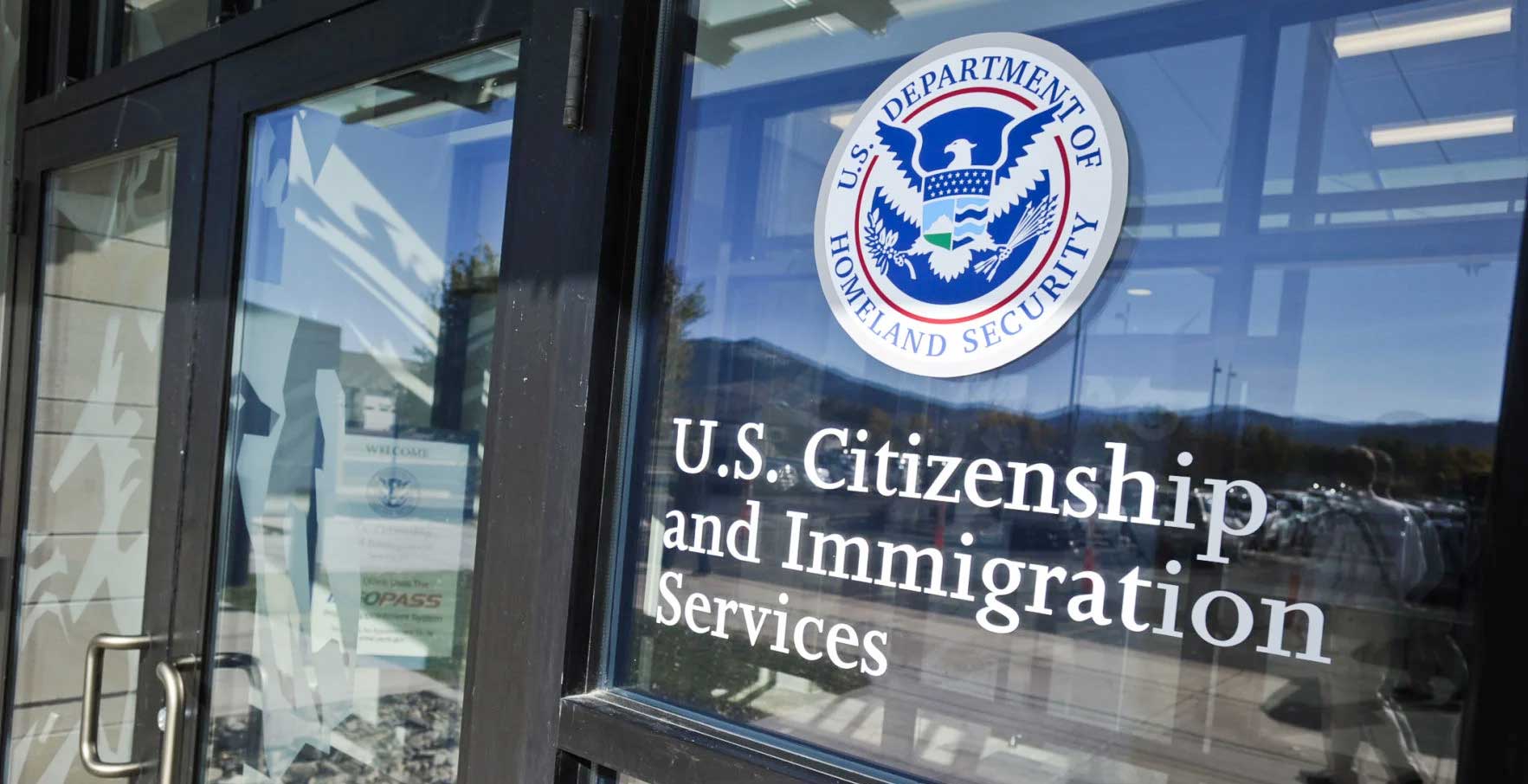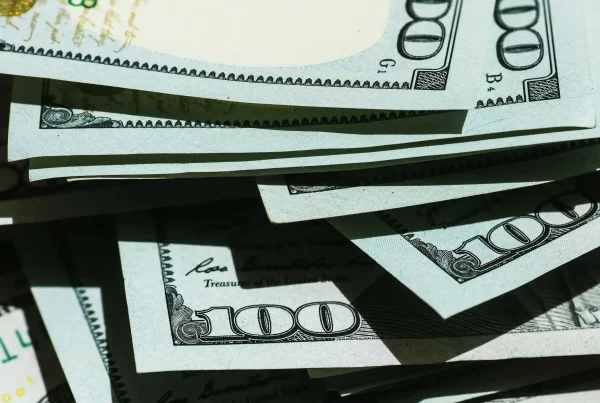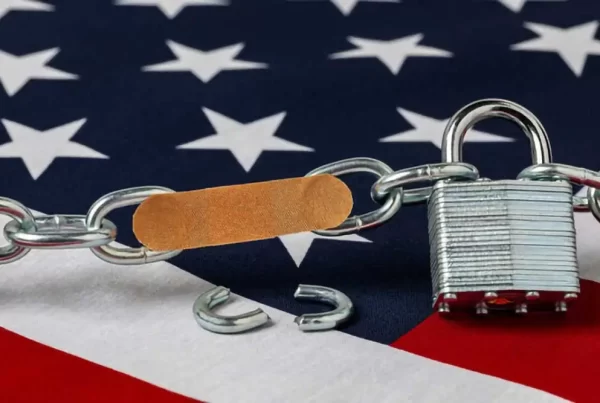The H-1B Lottery for fiscal year 2024 ended on March 17, 2023, and we found out once again that is this particular way of running the lottery is completely broken.
The H-1B lottery has been around for over a decade. The total number of H-1B visas that can be issued each year is 85,000. Those 85,000 visas are divided into two quotas: one for applicants with US master’s degrees and one for applicants with bachelor’s degrees or their equivalent, from anywhere in the world. The 20,000 are issued to master’s applicants first, and the remaining 65,000 visa opportunities are provided to a mix of the remaining master’s degree filers and the bachelors’ degree applicants.
From about the mid-2000s to 2019, an employer prepared and filed a complete H-1B application (filing fees, legal fees, etc.). USCIS would then assign those cases a number, they would randomly select numbers, and then they would send either receipt notices or rejection notices via snail mail. A lot of time, energy, and other resources were wasted on both the employers’ and USCIS’ end in completing the process. On the other hand, the potential for wasted resources by employers provided a good control to ensure that employers were providing legitimate job offers jobs that H-1B applicants had the potential to receive. Under the system, USCIS routinely received H-1Bs that were perhaps (when there was no recession), double the number of actual visas available.
USCIS tired up with the amount of work they had to do and so, four years ago, the agency decided to change the process. Someone at USCIS the idea to have employers go online (rather than receive and then potentially return thousands of applications by the literal truckload), fill out a five question lottery entry (limited to one per employer/employee), pay a 10$ application fee, and then electronically and automatically submit the application to the USCIS: an easy-made money winner for the government. USCIS had to do almost no work. The problem with this approach is that USCIS seems to have assumed that the prior behavior that limited applications to actual, available legitimate job offers, would continue. Even though the gateway to entry went from thousands of dollars to $10 and 5 minutes of time.
There was such a huge influx of applications that flooded USCIS the next year that the chances of being picked in the lottery dropped dramatically. For FY 2021, 275,000 applications were made, for FY 2022 there were 308,613, and for FY 2023 483,927. For FY 2024, some attorneys expect as many as 700,000 applications may have been made. Why the increase? Applicants quickly figured out how to gain the system. People realized that they could potentially submit multiple applications through different employers! With the expanding market of desperate H-1B applicants, opportunists arose offering to find multiple employers to submit applications, for a little as $100. Now, this was always an option under the old system, but the costs of doing so were very high, compared to $10 entry fee, or $100 to a “placement agency.”
The kick is that the USCIS makes no effort to ensure that job offers that are supposed to exist when filing for the “lottery” are real. For many of those selected, the applicant must find the work for the employer–something completely foreign to how the H-1B is supposed to work.
For FY2023 H-1B lottery, there were, as noted, just under 500,000 applications for the H-1B lottery. USCIS “notified” 124,000 winners. Did you catch that? There is a cap of 85,000 visas. Clearly USICS expected 39,000 employers to NOT file for their H-1B employees. Clearly someone at USCIS understands the problem. USCIS’s empty threat to bar employers from seeking H-1Bs if they knowingly enter the lottery for someone who has already been applied for by another employer, wreaks of an empty threat.
For the FY2024 lottery that just concluded this last week, USCIS has not released information regarding how many different employers submitted entries, how many different individuals were applied for, how many entries were for Masters or bachelor’s applicants, how many applicants were filed for by different employers, or how many employers were notified that they were selected.
What we can extrapolate from anecdotal evidence is that the selection rate on behalf of employers was about 17%. However, the number of people with master’s degrees selected compared to the number of bachelor’s degrees selected appears to be 6 to 1, a far higher percentage than previous years. Our master’s selection rate was 50%, but our bachelor’s selection rate was 2%. Recall that there are roughly three more visas issued to bachelor’s applicants than master’s applicants given the differing quotas for each (65,000 and 20,000, respectively).
All of this, taken together, suggests two things, which may or may not be true:
- That there really were not that many applications for master’s degrees holders submitted compared to previous years; and
- That there is an extraordinarily high amount of bachelor’s applications submitted that perhaps were not tied to actual open positions.
The question then becomes: why is USCIS allowing this all to happen? The current lottery is absurd. For FY2023, with $10 an entry and almost 500,000 applications, USCIS made $5 million. For this year, the estimate would suggest that USCIS is taking in $7 million with no cost associated with running the lottery. Next year, the USCIS plans to raise the application fee to $215 to run a system that costs them no labor or real input to run and manage. If, for FY2025 there are no changes to the “lottery,” and USCIS gets one million applications (why wouldn’t every applicant enter multiple times at this point), the USCIS would make $215 million, cost free. Heck even if the same number as FY2023 applies–500,000—USCIS makes $100 million. As a wise person once said, “follow the money.”






